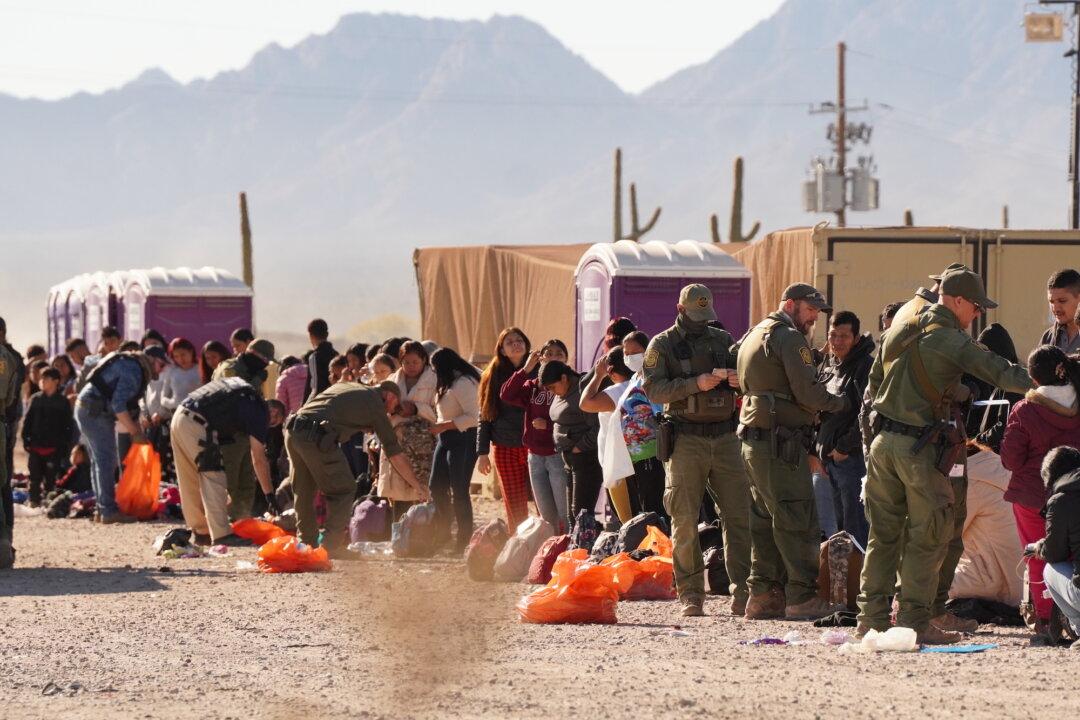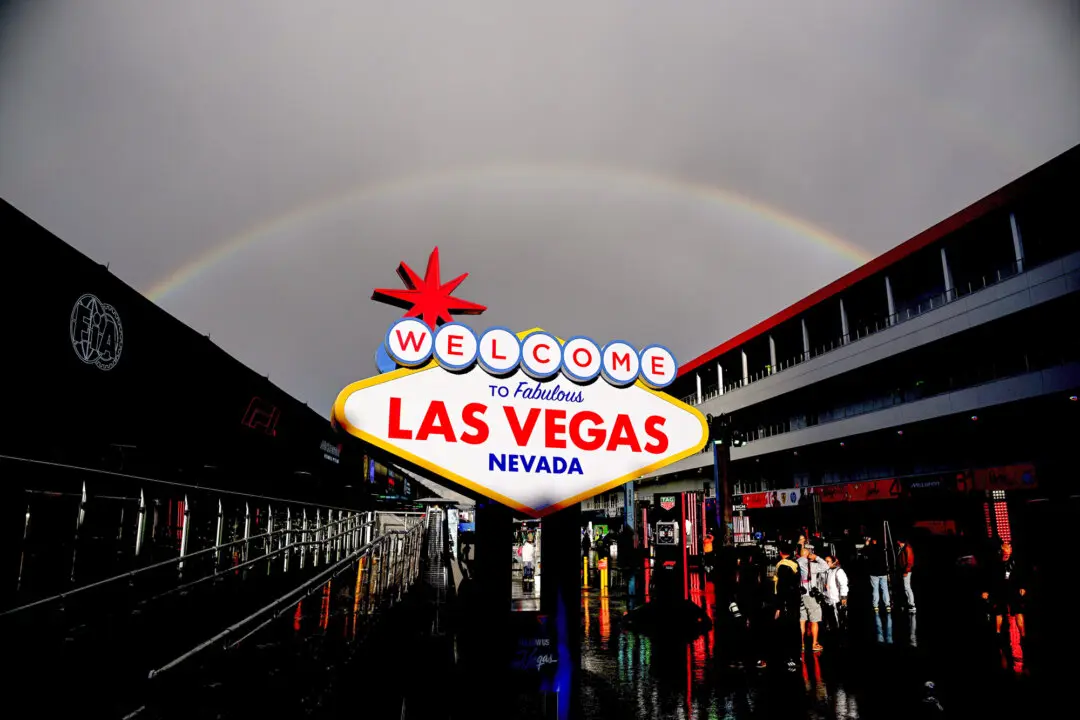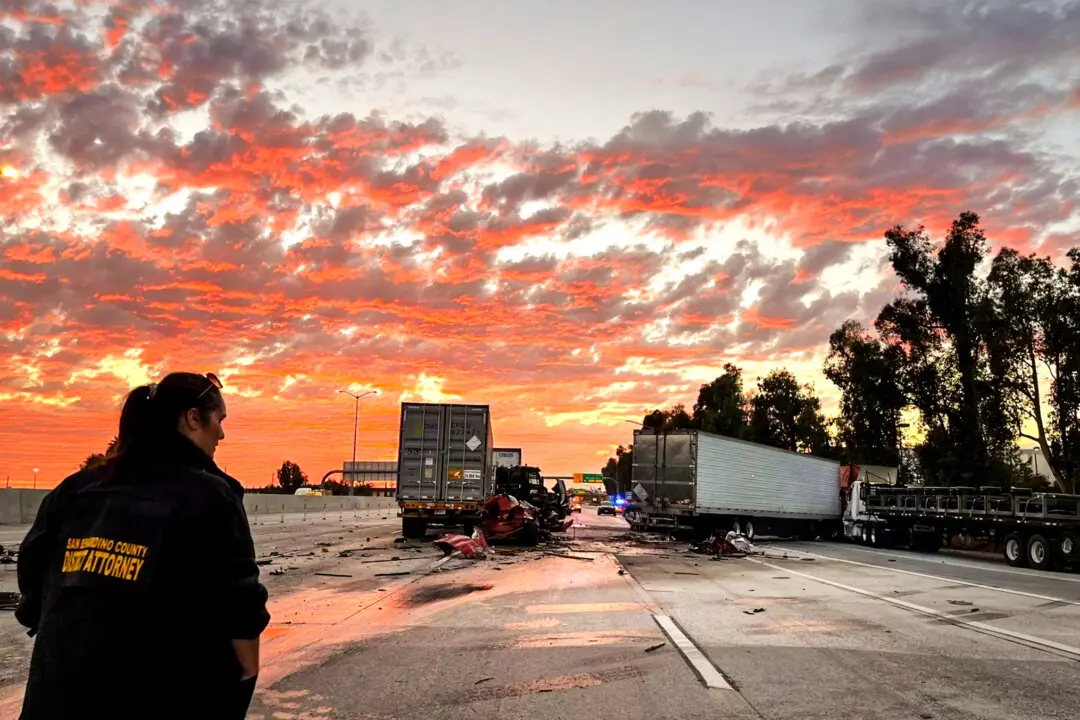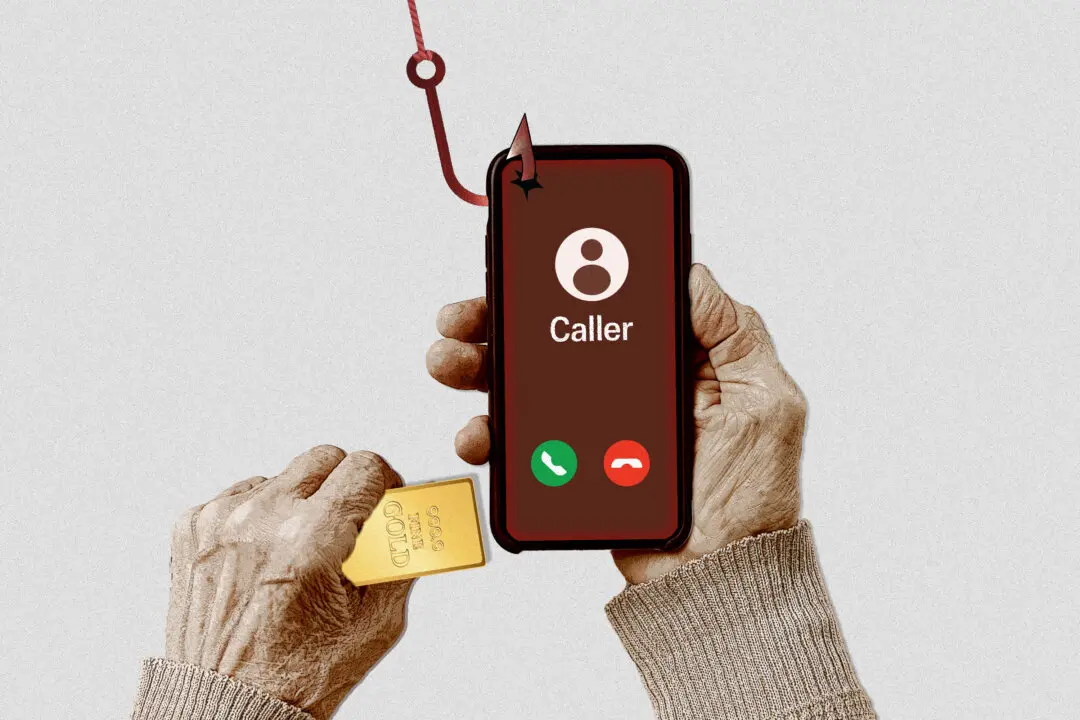LUKEVILLE, Ariz.—An unmarked white minivan hazy with dust rumbled along the dirt road to a federal processing station less than two miles north of the international border in Lukeville, Arizona.
The minivan pulled into a large parking area, also dirt, where dozens of illegal aliens milled around outside large military-style tents with their worldly belongings at their feet.





